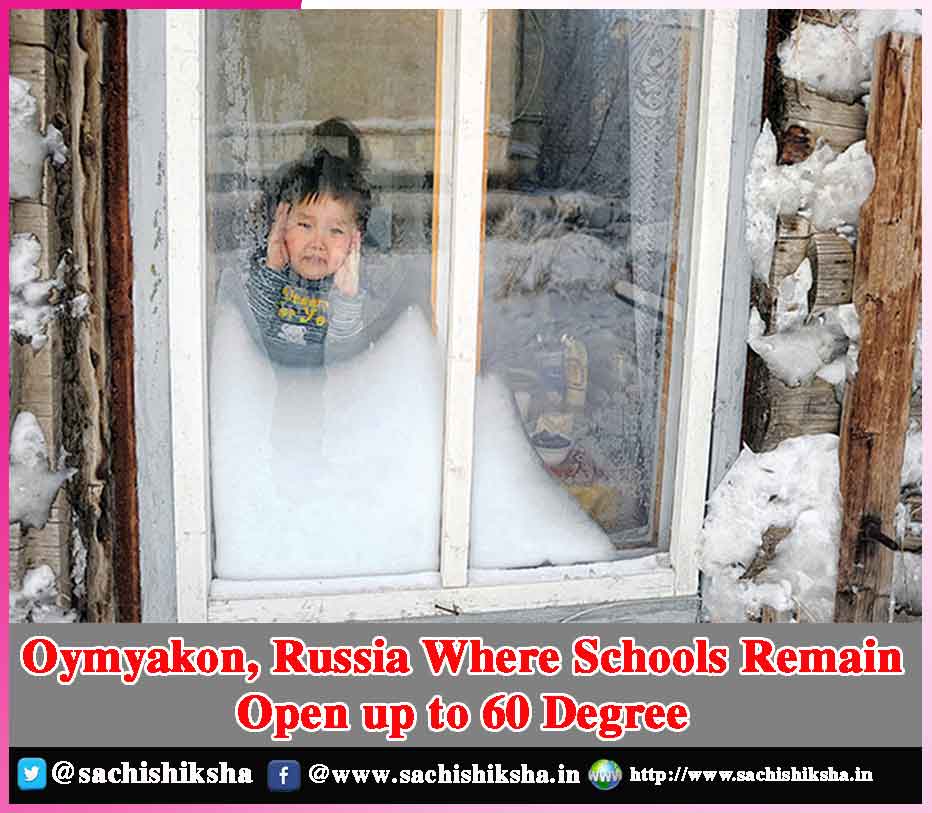Oymyakon, Russia Where Schools Remain Open up to 60 Degree
Oymyakon is a rural locality in Oymyakonsky District of the Sakha Republic, Russia located in the Yana-Oymyakon Highlands, along the Indigirka River.
Known as the ‘The Pole of Cold’ Oymyakon is the coldest populated region on the Earth. This remote village in Eastern Siberia is near to the Arctic Circle.
Most of the residents are indigenous people known as the Yakut’s but some ethnic Russians and Ukrainians also live in the area.
Table of Contents
The ground at Oymyakon is permafrost,
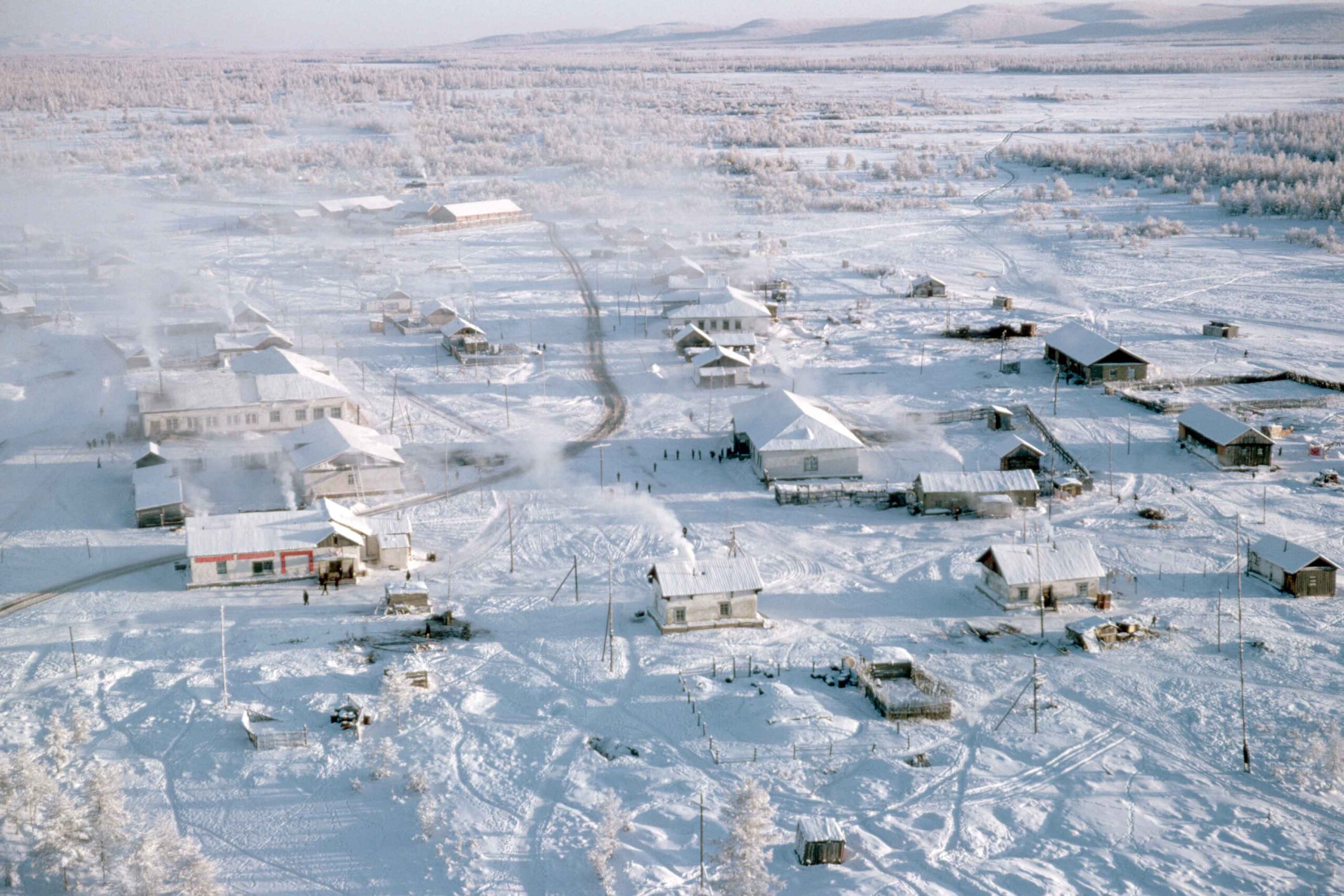
Also Read :-
- Schools Being Opened
- Education and Women
- Career Options & Choices
- Top Makeup trends for Teenagers
- Online Classes Bane or Boon?
Dark 21 hours a day in the winter, the town has been an object of international curiosity as its reputation for fearsome cold and the resilient residents who withstand it year after year. Some of the famous Oymyakon photographs shot by travel enthusiasts are of school children and people with icicles on their eyebrows and eyelashes. The harsh cold permeates nearly every aspect of existence for the people who live in the area.
Unlike other countries,
where a flurry of snow brings things to a grinding halt, there is one school in the Earth’s coldest permanently inhabited living settlement of Oymyakon, Yakutia. When the mercury plummets and snow blankets the ground in the sub-arctic winter, the townspeople don’t simply squat inside in front of the wood stove, at least, the school children don’t.
Named after a local merchant Nikolay Krivoshapkin,
the school has served the world’s coldest town since 1932. It serves Oymyakon and two nearby villages, Khara Tumul and Berge Yurde. It operates under the province’s most demanding temperature cancellation rules. Senior students must attend the -55°C benchmark. The school excuses the youngest pupils, aged seven to elven, at -53°C. Local kids walk to school with their parents and often with dogs too, pupils from other villages have to take a bus to get here.
The children of the Siberian Oymyakon have the world’s coldest way to school.
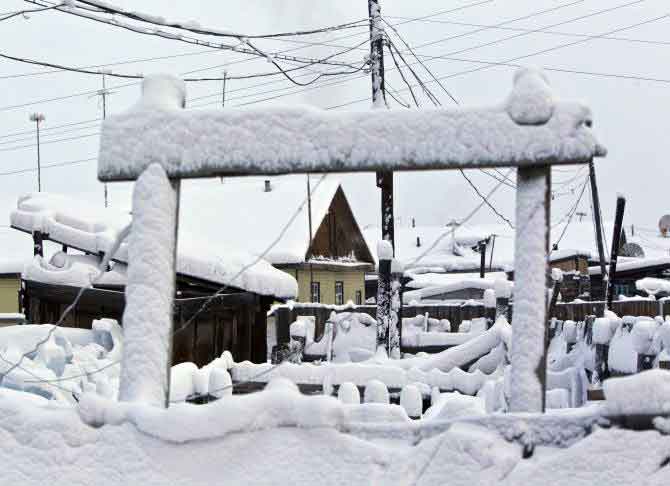
For the school bus,
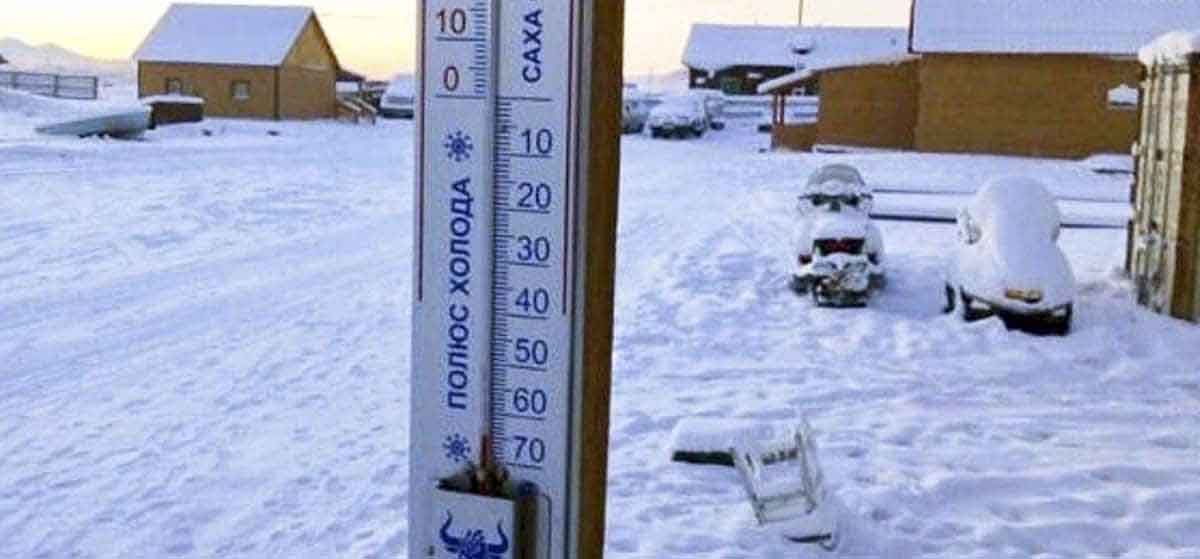
At the solitary school of Oymyakon around 25 teachers educate
an approximate of 120 students. The principal lives across the street of the school and is the first one to enter the building. This is the only school for the children living in this area to receive an education. The school has 25 classrooms and is the largest building in Oymyakon. A small coal fired power plant heats the school buildings via district heating round the clock. The school is made of wood. Any other material would burst, with differences in temperature of over 100 degrees between winter and summer.
At School the children study
Math, Biology, History and Russian. Most of the children are Yakuts and their language is based on their Turkish and Mongolian roots. The Yakutian language has little to do with Russian. So children study Russian as a foreign language to expand their horizons. Another attraction for children is to play, paint, and meet other children at school. It is very rare that friends come over to play or stay overnight at home. After two lessons it is time for a break; during this time food is served in the cafeteria.
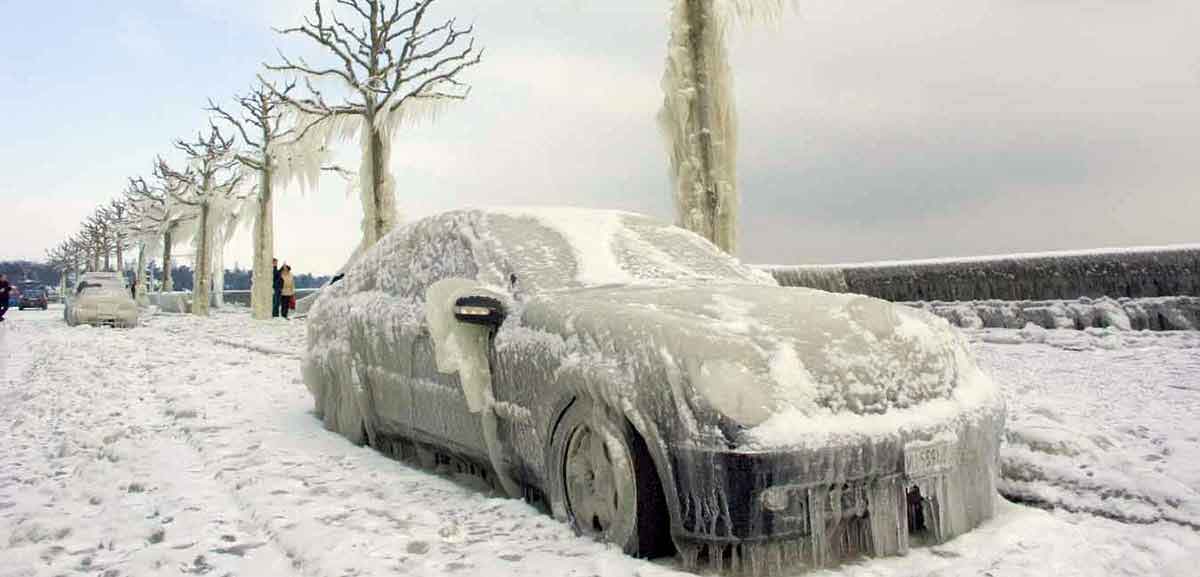
To Conclude,
the next time we avoid stepping out of the comforts of our home due to weather conditions, let us remind ourselves about the story of the resilient people of Oymyakon, especially the school children who cheerfully battle the extreme cold weather every day.





























